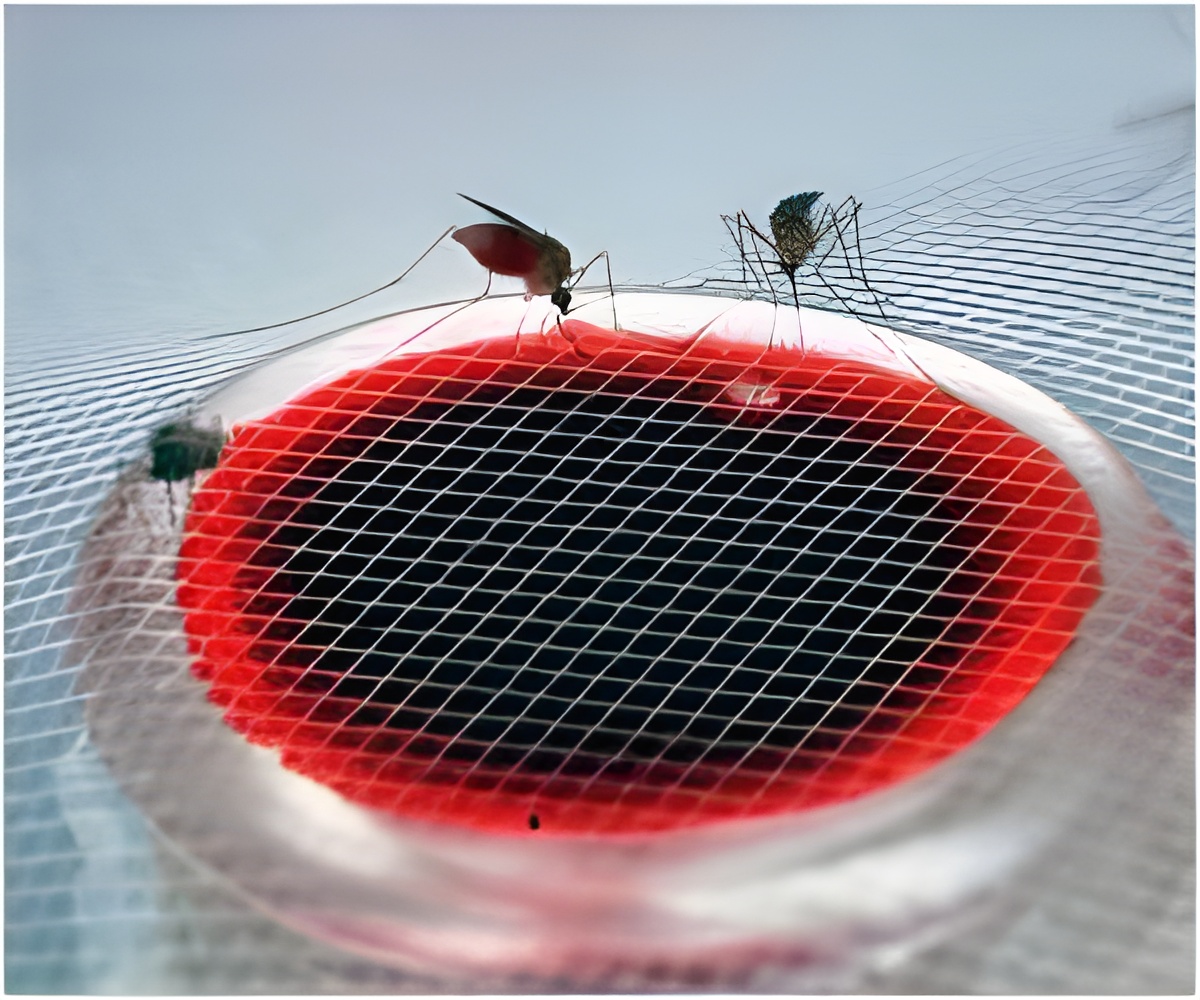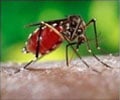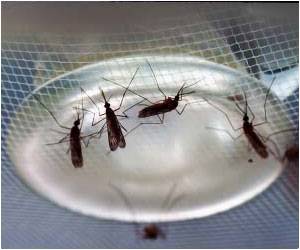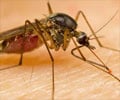Scientists have now begun to use a high-density SNP array for the malaria vector mosquito, to understand how the insect outwits preventive efforts.

The SNP array, a technology used to examine hundreds of thousands of features within DNA, detects single nucleotide polymorphisms and establishes genetic markers that can be used to understand the entire genome, particularly with respect to disease susceptibility and the likely success of insecticides and other mosquito-targeted interventions.
"We have developed a set of 400,000 markers with which we can study the genetics of the malaria vector mosquito Anopheles gambiae. Each marker is like a genetic signpost along the genome.
"These markers have revealed that when mosquito populations begin to separate from each other, it is a very complicated process that can involve hundreds of genes.
The genes we have identified are genes that we can now investigate, to better understand their roles in the complexity of mosquito populations," said Muskavitch.
He said the SNP array would yield powerful new scientific insights into these changes, which can support public health efforts throughout the world.
Advertisement
"But we have already seen that mosquitoes are changing. They are beginning to bite during the day, or to rest outside. By using the SNP array, we can begin to understand the genes that lead to these differences in behavior said Muskavitch.
Advertisement
"By obtaining insights into the genetic changes that underlie the adaptations of mosquitoes to evade our interventions, we have a better chance of making sure that mosquitoes can be controlled," added Muskavitch.
The findings published in the journal Science.
Source-ANI












